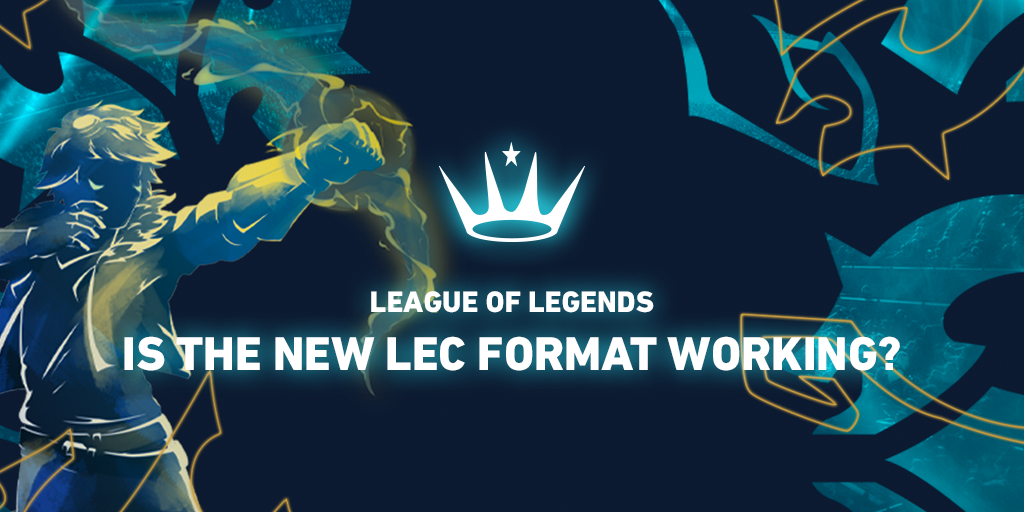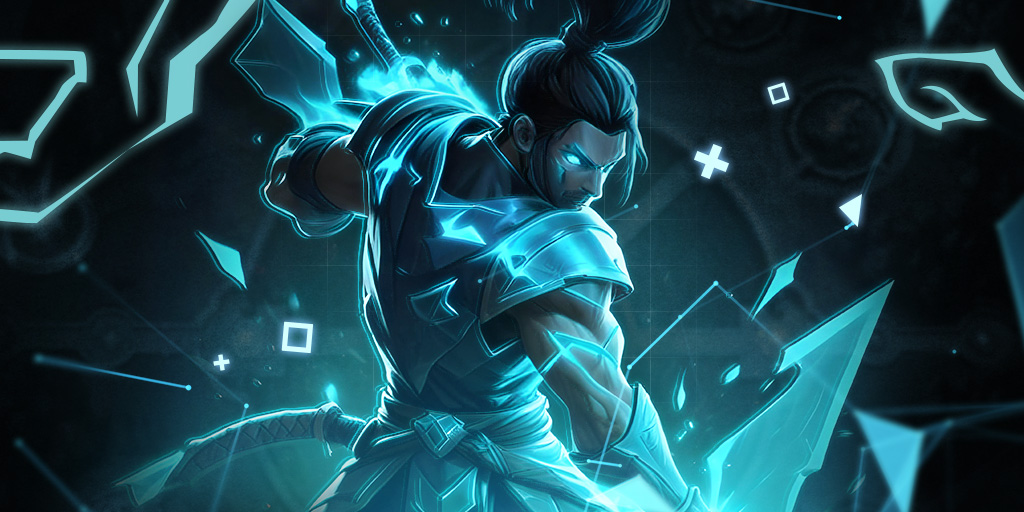Let’s not beat around the bush, the League of Legends MSI was brutal for LEC fans. G2 Esports and MAD Lions were completely outclassed, and were embarrassed by the Chinese and Korean teams. T1’s 17-minute annihilation of Spring Split Champions MAD was an especially painful pill to swallow.
Earlier in the year, I wrote an article deliberating whether the new LEC format would make EMEA League of Legends teams successful. Right now, the answer appears to be an overwhelming no.
However, while it is far too early to judge just yet, it is still worth reflecting on how the changes have impacted the LEC after its first six months.
Are you not entertained?
Despite international failures, most LEC fans will probably tell you that the new format has been a phenomenal success.
The league gets into the exciting match-ups much quicker, leading to more of those mouth-watering, captivating series where the pressure is high and the results truly matter. The matches have been wildly entertaining, both the Winter and Spring Splits have brought tremendous entertainment and shocks, such as Team BDS’s remarkable rise to runners-up in spring.
It’s exhilarating for fans to watch the standings completely change as the split progresses from the best-of-ones (Bo1). In winter, KOI went from seventh to third, and Team Vitality went from first place to not even making the final four. In spring, MAD went from barely qualifying for Groups in eighth place to eventually become the champions of the event.
The storylines have been fantastic and the excitement is non-stop. It feels like the LEC has been trimmed of its fat - gone are the filler episodes where nothing of consequence ever happened, and left most viewers uninterested.
<
In this video where multiple people in the scene reflect on the changes - a video I will quote multiple times in this article - Luka “Perkz” Perković admits that he couldn’t always be bothered:
“I think now every game actually matters. People used to say in 18 Bo1 games, every game matters. That wasn't true.”
The biggest winners from the changes are the viewers. The only real downside is that the increased workload of the format has spread the broadcast team thin and, as a result, we only get one roadshow a year now, while three of this year’s four LEC finals will take place in front of a small audience in the LEC’s Berlin studio.
Missing that spectacle is definitely a bummer, but at least in the first year it’s understandable, as the crew figures out the logistics of the extra show days each week.
Does it point to success?
You could also argue that the lack of roadshows fails to prepare players to compete in front of the huge crowds that international events attract. However, that’s not the only reason that the LEC teams may have been less prepared for MSI.
You see, the new format pushed the Spring Final back all the way to April 23, 2023, just a little over a week before MSI started. The LPL finished late on April 15, while both the LCS and LCK concluded way earlier on April 9, giving those teams significantly more time to rest and prepare.
Plus, those three leagues played their finals on patch 13.5, while LEC teams had to learn a new patch (13.6) for this final. Although that wasn’t a huge, game-changing patch, it still took additional effort and analysis while the rest of the MSI teams could immediately skip to practising on patch 13.8.
Where the real doubts over this format’s competitive merits stem from is the Championship Points system. During spring, there was a ton of drama, with many viewers furious that MAD Lions - who finished second in winter - could potentially still qualify for MSI without even making the Spring Final.
Of course, MAD eventually earned their spot by winning the whole thing, but Winter Split Champions G2 coasted through to just a fourth-place finish. If the LCS had the same format, FlyQuest would have likely been sent to MSI instead of the gutsy Golden Guardians.
It’s tricky. Consistency should be rewarded, but considering how patches can make or break a team, it does feel bad qualifying a team three months before the tournament actually takes place. At the same time, something has to be on the line for the Winter Split to be relevant and meaningful.
It’s a difficult balance, certainly
At the very least, the points both splits offer probably shouldn’t be even. In a more extreme example, you could make the Winter Split wildly different - perhaps even an event that mixes LEC and EMEA Regional League (ERL) teams together.
Although, for the most part, the current LEC format still dramatically benefits the region’s competitiveness.
The increased amount of games gives middle-of-the-pack teams and up-and-coming players more chances to improve, thus furthering their development.
As MAD coach James "Mac" MacCormack has pointed out, the increase in series is a huge help in boosting players’ longevity for big series: “I think it is more likely to have teams be better at understanding how to draft in best-of-threes (Bo3s), how to draft in best-of-fives (Bo5s), and how to adapt in Bo5s.”
However, as “Perkz” mentions, even the new Bo1 stage could be crucial to the international success of the LEC teams: “All the Bo1s you play now are super important, you are basically learning for Worlds.” Just like on the international stage, teams need to know how to handle these must-win one-off matches.
However, KOI’s Markos "Comp" Stamkopoulos suggests that the format isn’t the only factor that will affect a team’s international performance: “I don’t think the format will necessarily change that [the results of EMEA teams]. From my experience, at least, when I got to face Eastern teams and the way they scrim, most of the time it’s way different than European scrims. I would say if we step up our scrims when we get to face them, we will have better results on stage.”
Additionally, “Mac” does rightfully raise a concern with the increased schedule and workload: “Normally, people are burnt out by the end of the year at Worlds, anyway. That makes me a bit worried that a lot of European players are going to be very, very burnt out by the end of the year. That’s the big caveat for this format, because outside of that I think everything is really positive.”
As some fans have been quick to point out, that is the nature of competition, and something teams from every region battle on a regular basis. You have to put in the effort if you ultimately want to be the best.
Overall, the new format is doing a lot of good for the region. The end product is even more enjoyable to watch, and teams are getting critical experience on stage.
However, the format is by no means perfect. If it does lead to the EMEA teams being more competitive internationally, it will probably take a while for that progress to truly show itself.



